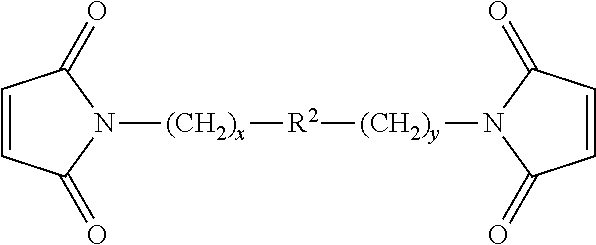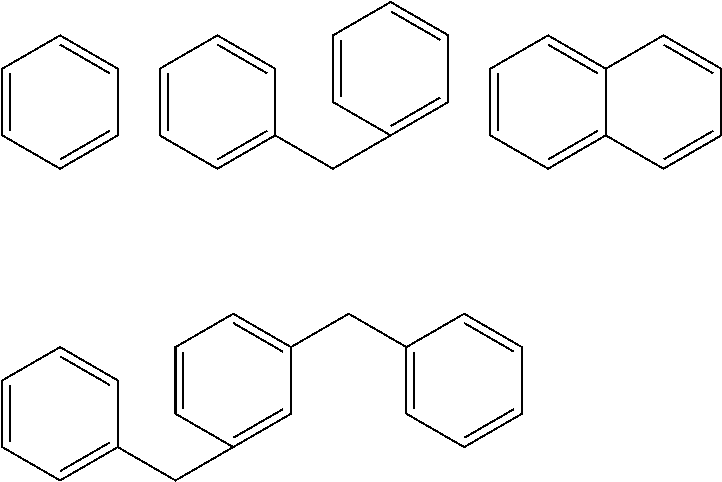Rubber composition for rubber vibration insulator
a vibration insulator and rubber technology, applied in mechanical equipment, low internal friction springs, transportation and packaging, etc., can solve the problems of high dynamic-to-static modulus ratio, poor damping properties of rubber vibration insulators, crystallization and hardness, etc., to achieve superior fundamental properties and damping properties, and improve heat resistance and low-temperature performance.
- Summary
- Abstract
- Description
- Claims
- Application Information
AI Technical Summary
Benefits of technology
Problems solved by technology
Method used
Image
Examples
examples
[0067]The invention will be described in more detail with reference to the following Examples and Comparative Examples, which are not intended to restrict the scope thereof.
examples 1
, to 10, and Comparative Examples 1, to 7
[0068]These Examples are intended to see how the rubber composition for rubber vibration insulators varies in performance depending on the type and recipe of rubbers and the effect of sulfur and bismaleimide compound. Samples of the rubber composition, in Examples 1, to 10, and Comparative Examples 1, to 7,, were prepared by kneading from the components shown in Table 1, below. The resulting rubber compositions were vulcanized under prescribed conditions, and the cured products were tested for hardness (Hd), tensile elongation (Eb), tensile strength (Tb), heat resistance, static spring constant (Ks), dynamic-to-static modulus ratio (Kd / Ks), and low-temperature performance, according to the JIS (Japanese Industrial Standards) listed below. Incidentally, the tests for hardness (Hd), tensile elongation (Eb), tensile strength (Tb), and heat resistance were performed on specimens conforming to the JIS standard which were cut out of a sheet measuri...
examples 1 , 11
Examples 1, 11,, and 12, and Comparative Examples 1, 8,, and 9
[0097]These Examples are intended to see how the rubber composition for rubber vibration insulators varies in performance depending on the type of carbon black. Samples of the rubber composition, in Examples 1, 11,, and 12, and Comparative Examples 1, 8,, and 9,, were prepared by kneading from the components shown in Table 3, below. The resulting rubber compositions were vulcanized and tested for hardness (Hd), tensile elongation (Eb), tensile strength (Tb), heat resistance, static spring constant (Ks), dynamic-to-static modulus ratio (Kd / Ks), and low-temperature performance, in the same way as mentioned above. The results of the test are also shown in Table 3.
[0098]
TABLE 3ComparativeExampleExample11112189FormulationNR80.080.080.0100.0100.0100.0(parts by weight)High-cis-high-vinyl20.020.020.0butadiene rubberCarbon black FT30.030.0Carbon black FEF30.030.0Carbon black HAF30.030.0Stearic acid1.01.01.01.01.01.0Zinc oxide3.03....
PUM
| Property | Measurement | Unit |
|---|---|---|
| BET specific surface area | aaaaa | aaaaa |
| BET specific surface area | aaaaa | aaaaa |
| diameter | aaaaa | aaaaa |
Abstract
Description
Claims
Application Information
 Login to View More
Login to View More - R&D
- Intellectual Property
- Life Sciences
- Materials
- Tech Scout
- Unparalleled Data Quality
- Higher Quality Content
- 60% Fewer Hallucinations
Browse by: Latest US Patents, China's latest patents, Technical Efficacy Thesaurus, Application Domain, Technology Topic, Popular Technical Reports.
© 2025 PatSnap. All rights reserved.Legal|Privacy policy|Modern Slavery Act Transparency Statement|Sitemap|About US| Contact US: help@patsnap.com


